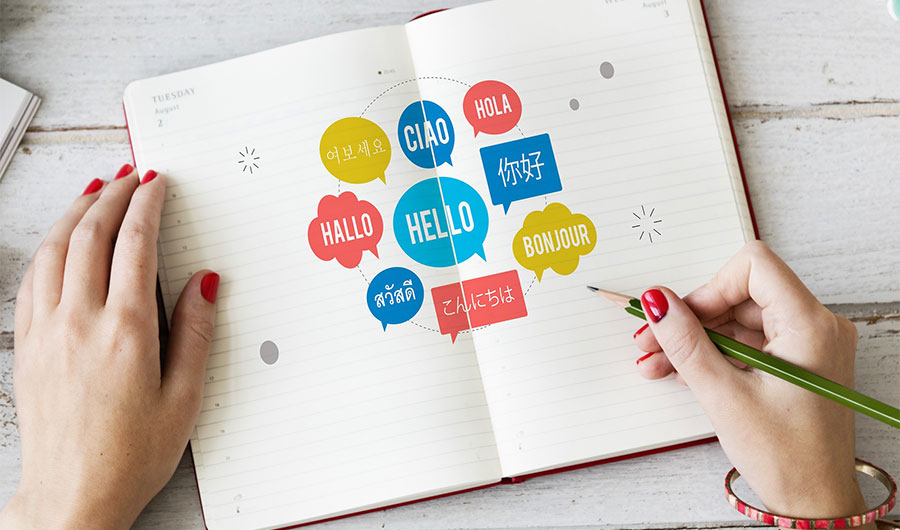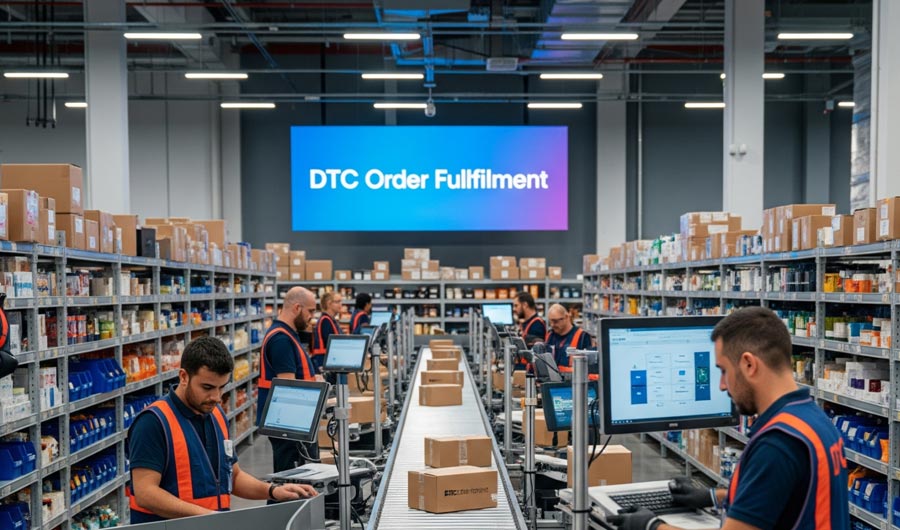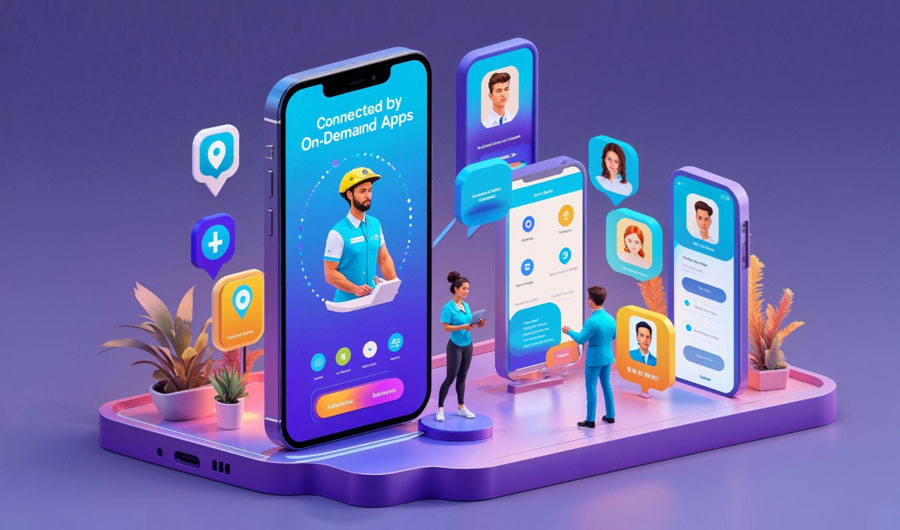
10 DIY Translation Strategies for Web Developers
In today’s interconnected world, a robust web presence is no longer a differentiator, it’s a necessity. For web developers, however, truly unlocking the potential of a website often hinges on overcoming the language barrier. This is where strategic translation comes into play.
While professional translation services offer undeniable benefits, we understand that budgetary constraints can be a hurdle. This guide introduces the concept of “DIY translation” – a set of strategies that allows web developers to localize their content for new markets in a cost-effective and controlled manner.
Let’s delve into 10 key DIY translation strategies to ensure your website speaks the languages of your target audience, fostering global expansion.
The 10 DIY Translation Strategies
Meticulous Audience Targeting
The foundation of any successful translation project lies in understanding your target audience. This goes beyond simply identifying languages; it necessitates a deep dive into cultural nuances.
- Researching Popular Languages: Leverage reliable sources such as Ethnologue to identify dominant languages in your target region. While English, Spanish, Mandarin Chinese, Hindi, and Arabic boast a significant global presence, regional variations may exist. Utilize tools like Google Trends or market research reports to gain a more comprehensive understanding.

Source: 20+ Tools & Resources for Conducting Market Research
- Considering Cultural Needs: Remember, language is a tapestry woven with words, cultural context, and symbolism. Colors, symbols, and even humor can have vastly different meanings across cultures. Investing time in researching cultural sensitivities can prevent potential misunderstandings and ensure a seamless user experience.
Prioritizing Content for Translation
Not all website content requires immediate translation. Here’s a strategic approach to maximize impact:
- Identifying Key Content: Focus on content that directly influences user experience and conversion rates. This might include user interfaces (UI), menus, product descriptions, and marketing materials like calls to action (CTAs).
- Prioritizing Based on Resources: Be realistic about your resource limitations, both in terms of time and budget. Start by translating the most critical content and gradually expand your translated content base as your business grows.
Leveraging Existing Code Structure
For web developers, there’s good news! Here are ways to streamline the Document Translation process:
- Separating Text from Code: Ensure your code is well-structured, with text strings separate from the code itself. This allows for easier extraction and replacement during translation.
- Utilizing Translation Tools: Many web development frameworks offer built-in translation tools or plugins. Explore these options to simplify the integration of translated content into your website.
Embracing Free Translation Tools (with Caution)
Free translation tools like Google Translate have undoubtedly made strides in recent years. However, a note of caution is necessary:

Source: The Best Google Translate Alternatives in 2024
- Accuracy Matters: Free tools often struggle with complex sentence structures, technical jargon, and cultural nuances. Use them judiciously for simple content or as a starting point for human translation projects.
Building a Comprehensive Glossary
Maintaining consistency is paramount for a professional website experience. This is where a well-developed glossary comes in:
- Standardizing Terminology: Create a comprehensive glossary of key terms specific to your industry or product. This ensures consistent translation across all languages, fostering brand clarity.
- Collaborative Management: Utilize cloud-based collaboration tools to allow your team and translators to access and update the glossary easily, ensuring everyone is on the same page.
Utilizing Crowdsourcing Platforms (Proceed with Caution)
Crowdsourcing platforms offer a unique approach to acquiring translations:
- Weighing the Pros and Cons: These platforms connect you with a network of translators worldwide. While potentially cost-effective, quality control can be a significant concern.
- Rigorous Vetting is Essential: If you choose this route, establish a rigorous vetting process to ensure the qualifications and expertise of the translators you work with. Certifications and references can be valuable indicators of competence.
Partnering with Native Speakers for Review and Feedback
There’s no substitute for the expertise of a native speaker:
- Enhancing Accuracy and Tone: Collaborate with native speakers in your target market to review translated content. Their feedback can help identify inaccuracies and ensure the tone resonates with your target audience, fostering cultural connection.
- Finding Qualified Help: Freelance marketplaces or online communities can be great resources for finding qualified native-speaking translators or reviewers. Look for individuals with experience in your industry and a proven track record of excellence.
Embracing User-Generated Translations for Dynamic Content
Your website doesn’t have to be a one-way street when it comes to translation. Here’s how to leverage user-generated content:
- Encouraging User Participation: For dynamic content like customer reviews or forum discussions, consider allowing users to contribute translations in their native languages. This fosters a sense of community and can be a cost-effective way to localize dynamic content.
- Prioritizing Quality Control: Implement mechanisms to ensure the quality and accuracy of user-generated translations. Upvoting and downvoting systems, along with moderation tools, can help maintain a high standard.
Testing, Refining, and Iterating
The translation process doesn’t end with the initial translation:
- User Testing is Key: Conduct user testing with native speakers in your target market. This allows you to identify areas for improvement and ensure the translated content is clear, concise, and culturally appropriate.
- A/B Testing for Optimization: Utilize A/B testing to compare different versions of your translated content. This data-driven approach helps refine your translations for optimal user engagement and conversion rates.
Planning for the Future: Scaling Up with Professional Help
DIY translation strategies offer a valuable starting point for web developers venturing into global markets. However, as your business grows and your target audience expands, consider partnering with professional translation services:
- Considering Professional Help: Professional translation companies like Tomedes possess extensive experience in handling complex technical content, ensuring accuracy and fluency. Additionally, they can optimize your translated content for search engines (SEO) in your target markets, maximizing global visibility.
- Benefits of Professional Translation: Professional translators are not only masters of language but also experts in cultural nuances. They can ensure your website resonates with your target audience, fostering brand trust and loyalty, ultimately leading to higher conversions.
Beyond DIY: AI Translation and Professional Help
AI Translation Tools: A Glimpse into the Future
The realm of Artificial Intelligence (AI) is making significant strides in the translation industry. AI-powered translation tools offer promising features:
- Potential for Efficiency: These tools boast the potential to translate vast amounts of content quickly and efficiently. However, it’s important to remember that AI translation is still under development.
- Limitations of AI: Currently, AI tools struggle with complex language nuances, industry-specific jargon, and the creative aspects of human translation. For web development projects that require accuracy and cultural sensitivity, professional human translation remains the gold standard.
Partnering with Translation Companies and Freelance Translators
When the time comes to scale your global presence, partnering with professional online translation services offers undeniable advantages:
- Expertise in Technical Content: Professional translation companies employ subject matter experts who can handle technical content specific to your industry, ensuring accuracy and clarity for your target audience.
- Cultural Nuances Matter: Professional translators have a deep understanding of cultural nuances and can tailor your message to resonate with your target market.
- SEO Optimization for Global Visibility: Leading translation companies provide SEO optimization services in various languages, ensuring your website ranks highly in search engine results pages (SERPs) around the world.
Conclusion
By implementing these 10 DIY translation strategies, web developers can unlock the doors to new markets and forge stronger connections with global audiences. Remember, successful global expansion hinges on clear communication that transcends language barriers. As your business grows, consider partnering with a professional translation company like Tomedes to elevate your website’s localization efforts and maximize your global impact.






